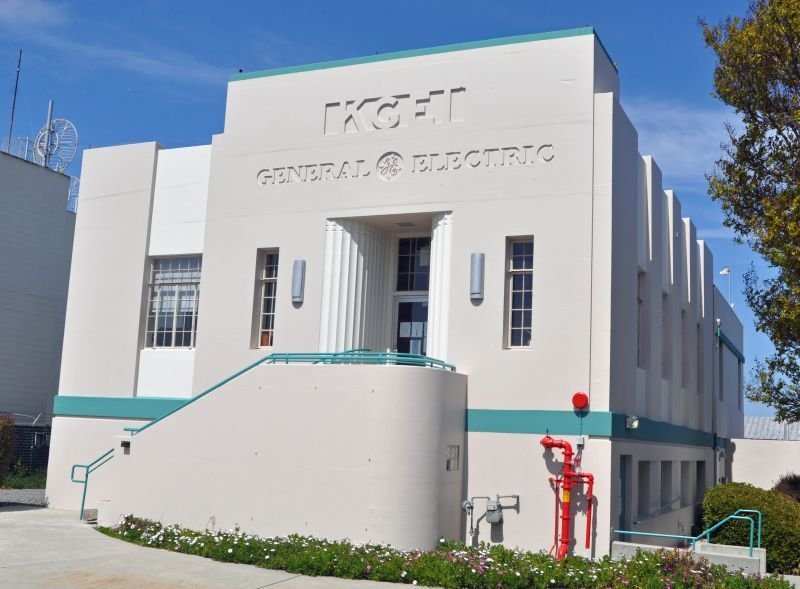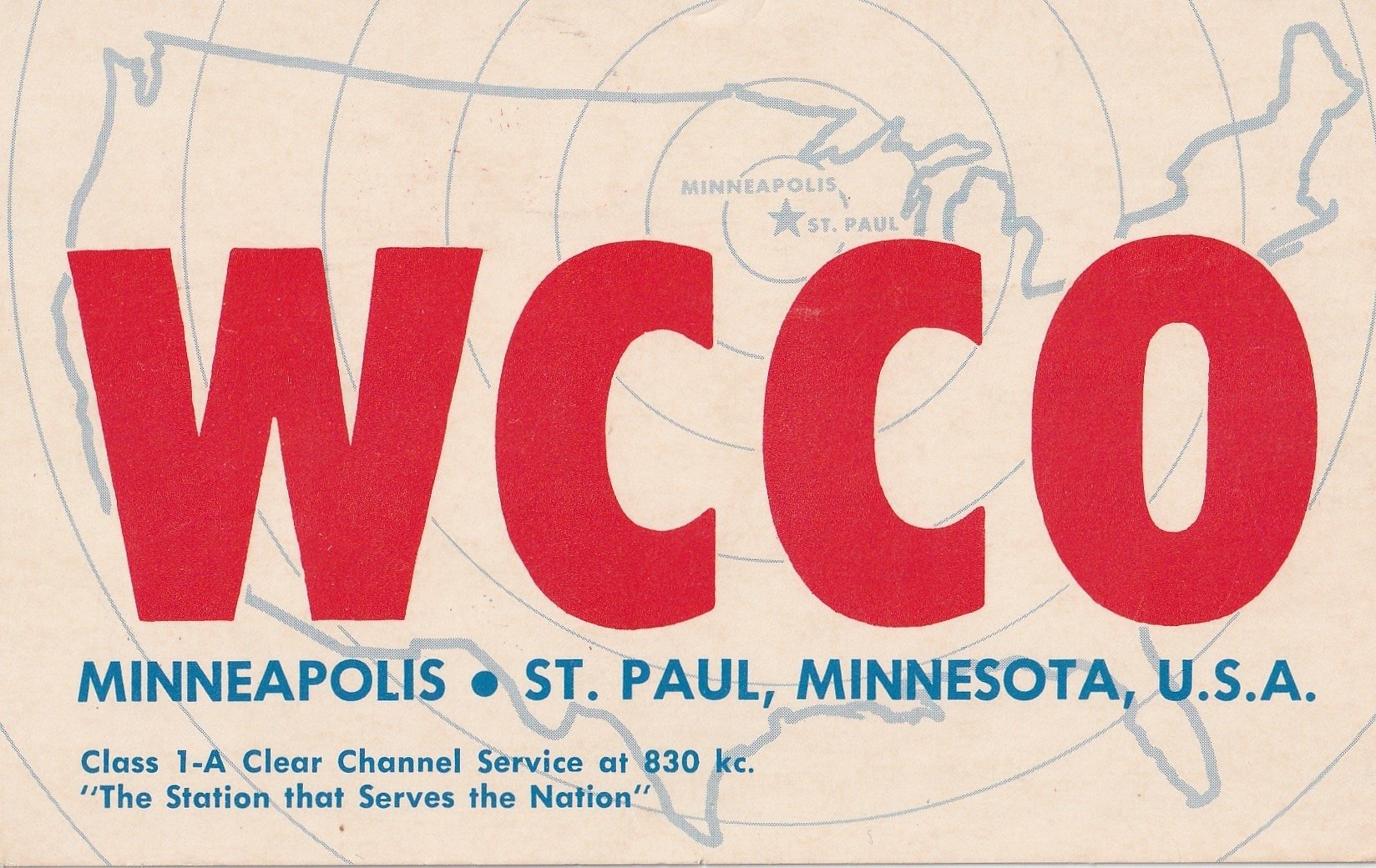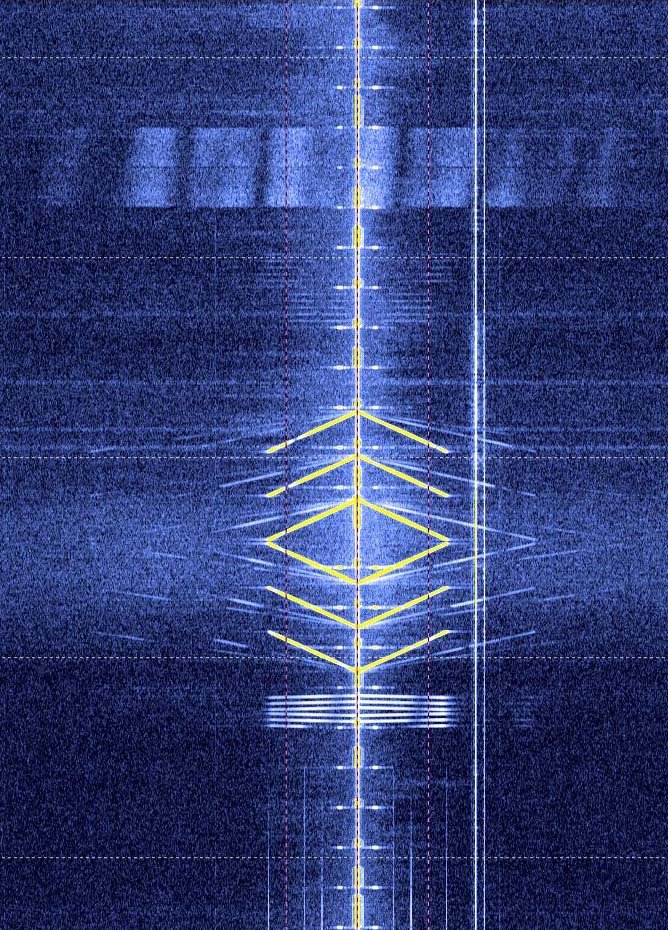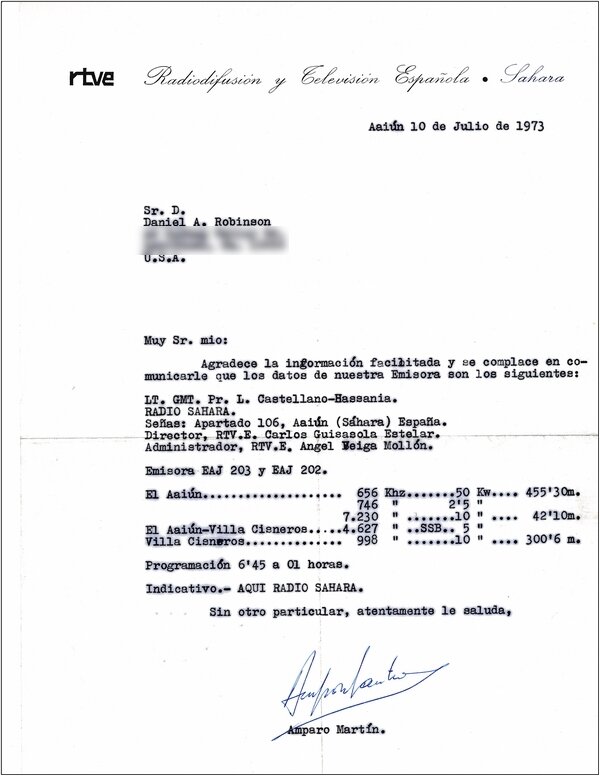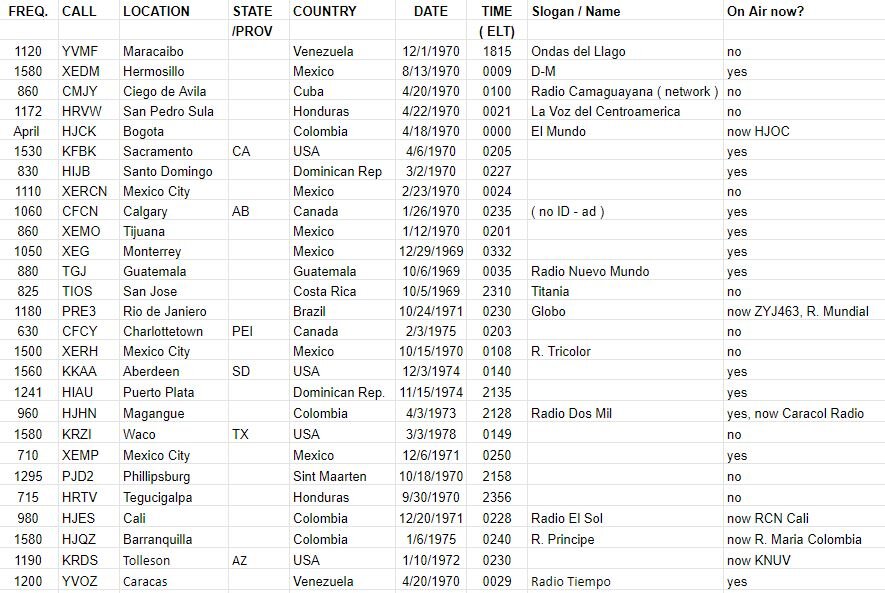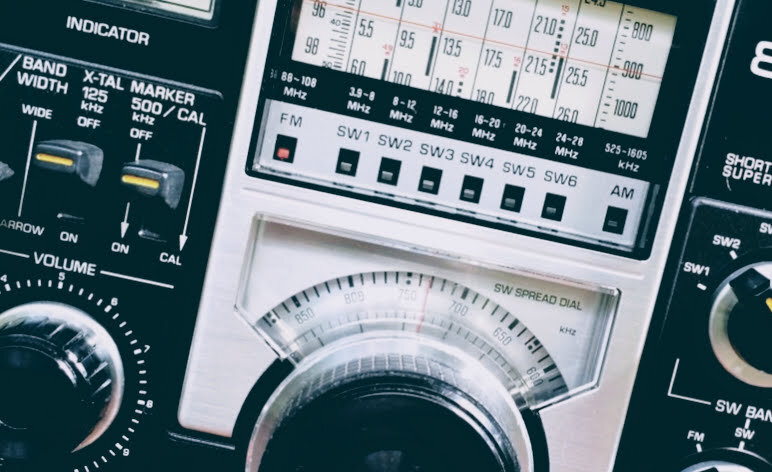Foreign AM Broadcast Band DX: Circa 1970's
/Many thanks to SRAA contributor, Dan Greenall, who shares the following recordings and notes:
Foreign BCB DX 1970's
Reception location: Ancaster, Ontario, Canada
Receiver and antenna: Hallicrafters S-52 or Realistic DX-150A and a longwire antenna
Notes: Although I did not focus much on foreign broadcast band (medium wave) DXing in the 1970's, I did manage to save a few brief recordings of a handful of stations logged from my location in southern Ontario, Canada.
1. Radio Margarita, La Asuncion (Isla Margarita) Venezuela 1020 kHz
2. Radio Clarin, Santo Domingo, Dominican Republic 860 kHz
3. XEMO, Tiajuana, Mexico 860 kHz
4. Radio Sutatenza, Bogota, Colombia 810 kHz
5. XERF, Ciudad Acuna, Coahuila, Mexico 1570 kHz (ID given by well known personality Paul Kallinger)


